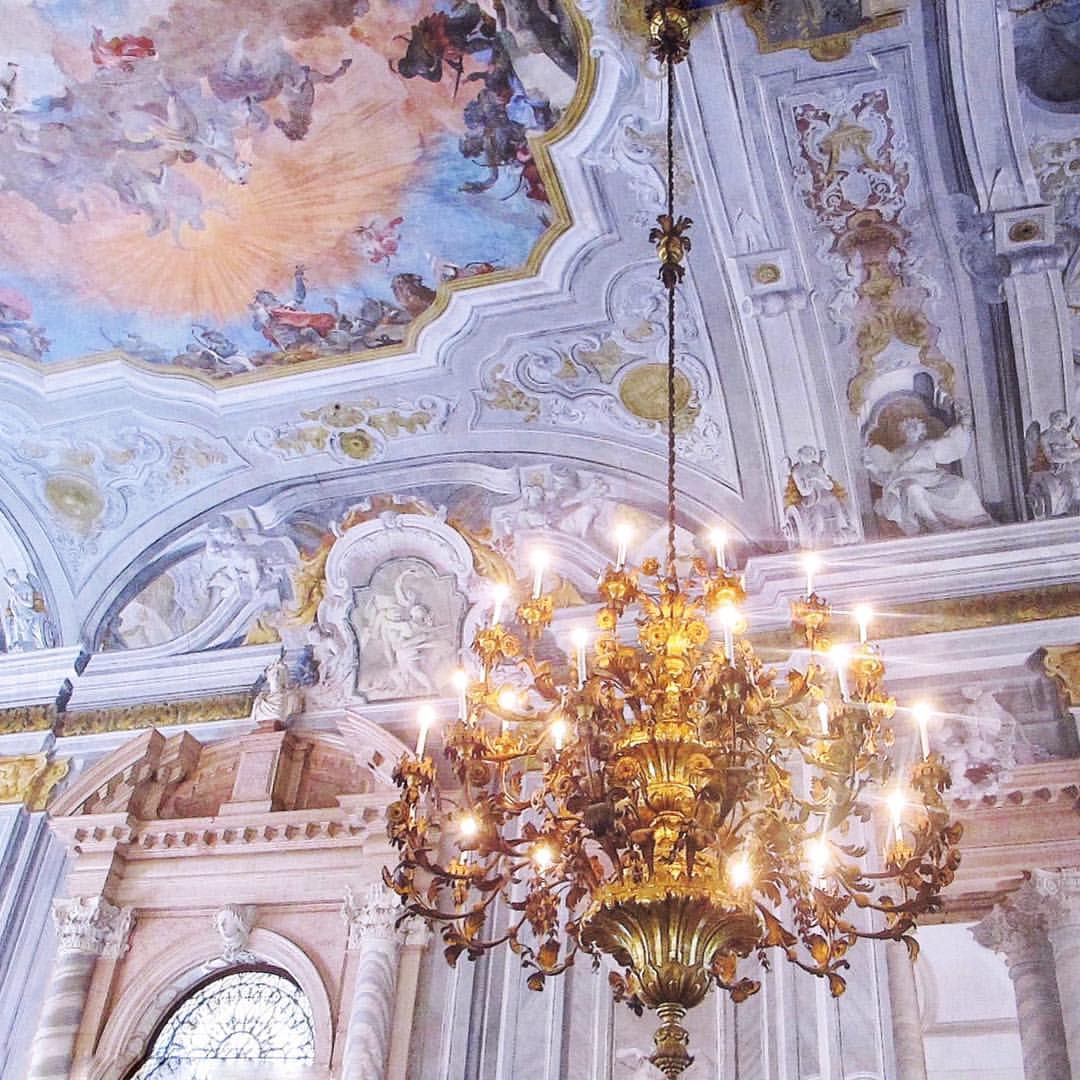
Ca’ Rezzonico is the home of the Museo del Settecento Veneziano and exhibits 18th-century works that describe one of the most extraordinary artistic seasons for Venice and Europe.
The palace overlooks the Grand Canal and is immediately noticeable because, of all the palaces between Ca’Foscari and the Accademia Bridge, it has the largest and most majestic façade.
Ca’ Rezzonico, the 18th-century Venetian Museum
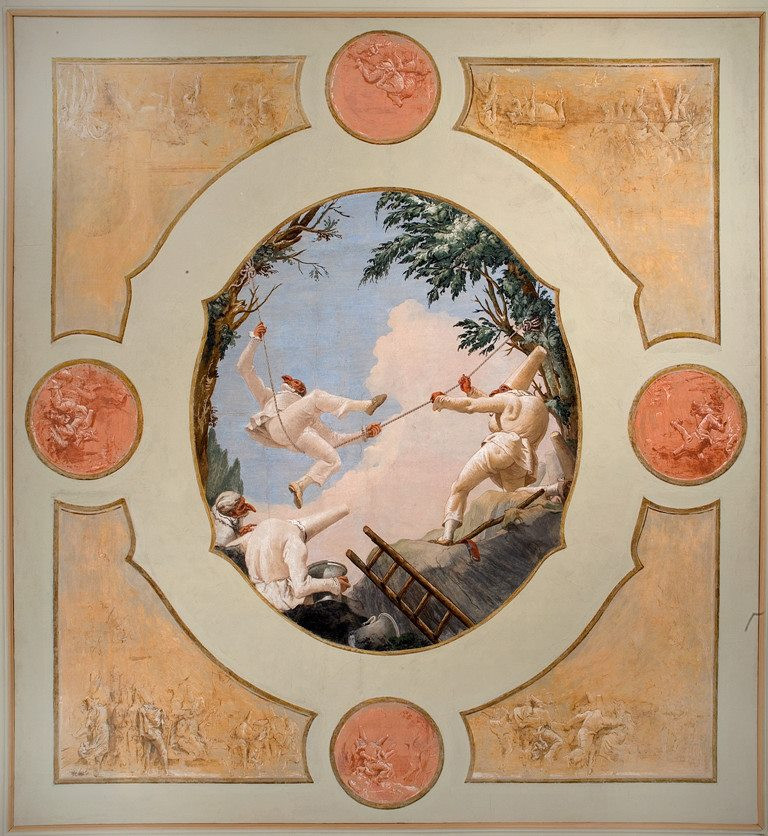
Ca Rezzonico | Sala di Pulcinella
HISTORY OF CÁ REZZONICO
To visit Ca’ Rezzonico is to take a journey back to the 18th century, the century in which Venice displayed its riches and ancient splendour, but which was soon to experience decline.
The city’s most important families contributed to the image of a sumptuous and opulent Venice by building spectacular palaces and Ca’ Rezzonico is one of them.
Its construction dates back to 1649 when the noble Bon family commissioned the architect, master of Venetian Baroque, Baldassarre Longhena, to design it.
However, work was slow and came to a halt in 1682 when the architect died and the Bon family’s financial difficulties blocked any investment.
THE REZZONICO FAMILY
The palace was purchased in 1751 by the Rezzonico family, a family of Lombard origin that had moved to Venice in 1687 and acquired the title of nobility.
The commission to complete the construction was given by Giambattista Rezzonico to architect Giorgio Massari, who completed the work in 1756. Massari tried to respect Longhena’s original design, but devised some completion works such as the spectacular grand staircase, the enormous ballroom and the monumental atrium.
The palace was completed a few years before the election of Carlo Rezzonico, Giambattista’s brother, as Pope Clement XIII.
The building, also for this reason, became one of the most important in Venice, where memorable parties were organised and it became the symbol of the power achieved by the Rezzonico family.
Ca’ Rezzonico represented the best of 18th century Venice in those years, also thanks to the paintings that decorated its interior, created by the best artists of the time. Inside are frescoes by Giambattista Tiepolo, Giambattista Crosato, Pietro Visconti, Jacopo Guarana and Gaspare Diziani.
CÁ REZZONICO: FROM RESIDENCE TO MUSEUM
After the splendours of the 18th century, the Rezzonico family died out in 1810 and the Palazzo underwent various disposals, which resulted in the division of assets among the heirs and the dismemberment of the furnishings and works.
In 1888 it was purchased and became the home of the English poet and writer Robert Browning, who died there the following year.
The last owner was Count Lionello Hirschell de Minerbi, a member of the Italian Parliament, who donated the Palazzo to the Venice City Council in 1935, which opened it to the public the following year, inaugurating the building’s new life.
Basically, Ca’ Rezzonico is the museum that describes a luminous season for Venice and, in the first display that could be admired when it opened in 1936, the eighteenth-century works from the city’s collections were brought here. These works were placed in the rooms of the Palazzo as if they belonged to its furnishings. The appearance was certainly meant to be atmospheric, but with some forcing.
The Museum currently presents the best that Venetian art was able to express in the 18th century with masterpieces by Canaletto, Pietro Longhi and Francesco Guardi, and is also enriched by other art collections.
MUST-SEE WORKS AT CA’REZZONICO
The Pastel Room houses a collection of pastel portraits, a technique that was widespread during the 18th century. Also worth seeing are the pastel portraits painted by the most famous painter of the 18th century, Rosalba Carriera.
The Hall of the Wedding Allegory has a ceiling decorated with one of the most beautiful works Giambattista Tiepolo painted for Ca’Rezzonico.
In 1757, the artist painted, on the occasion of the wedding between Ludovico Rezzonico and Faustina Savorgnan, a Wedding Allegory in which the bride and groom appear on Apollo’s chariot, preceded by blindfolded Cupid, while allegorical figures surround the main group.
The Portego of paintings, where some of the museum’s most important paintings by artists such as Francesco Guardi, Giambattista Piazzetta, Canaletto and Gaspare Diziani can be admired. These works exemplify the various pictorial genres of 18th-century Venetian art: veduta, landscape, capriccio and figure painting.
The Longhi Room, which runs along the walls, allows us to retrace the original production of the Venetian Pietro Longhi, the artist who, more than others, allows us to enter the daily life of 18th-century Venice.
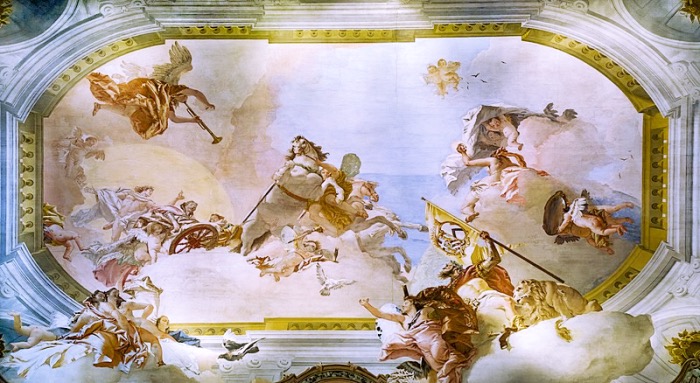
Tiepolo, Allegoria nuziale di Ludovico Rezzonico e Faustina Savorgnan.
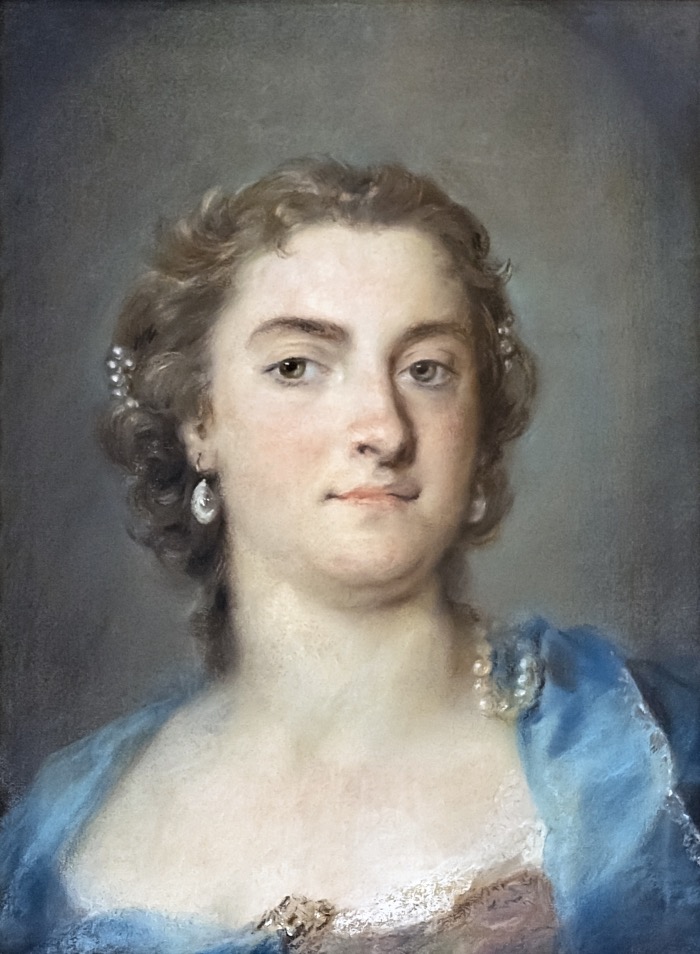
Rosalba Carriera, Ritratto di Faustina Bordoni Hasse
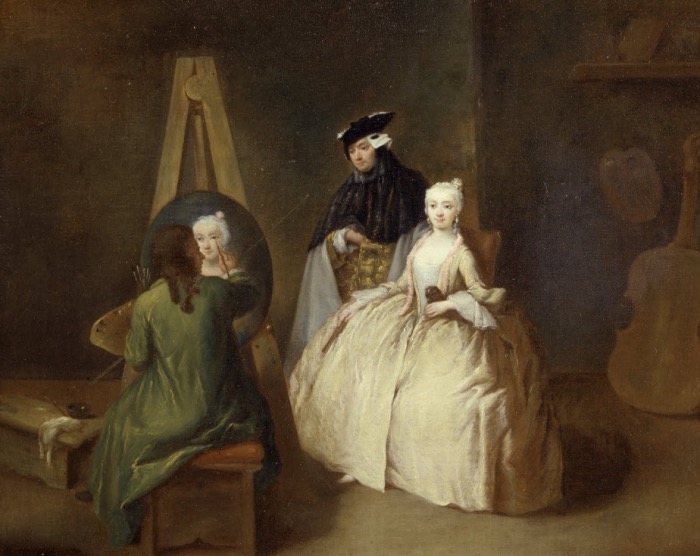
Pietro Longhi, Studio del pittore
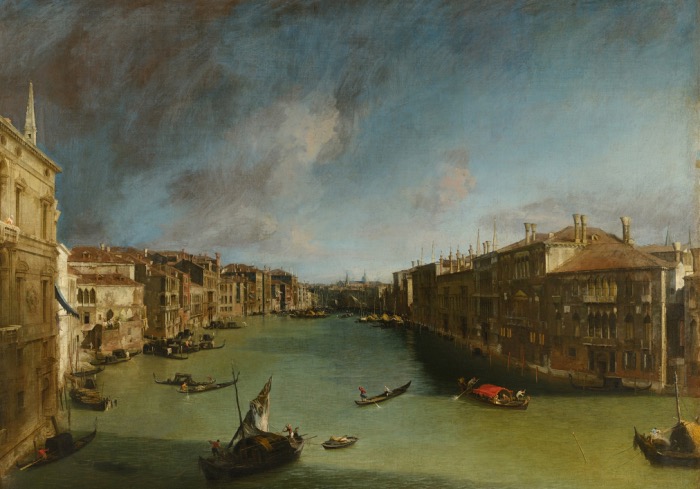
Canaletto, Rio dei Mendicanti



INFO
Ca’Rezzonico
Dorsoduro, 3136, 30123 Venezia
Vaporetto – Linea 1 fermata Ca’ Rezzonico

